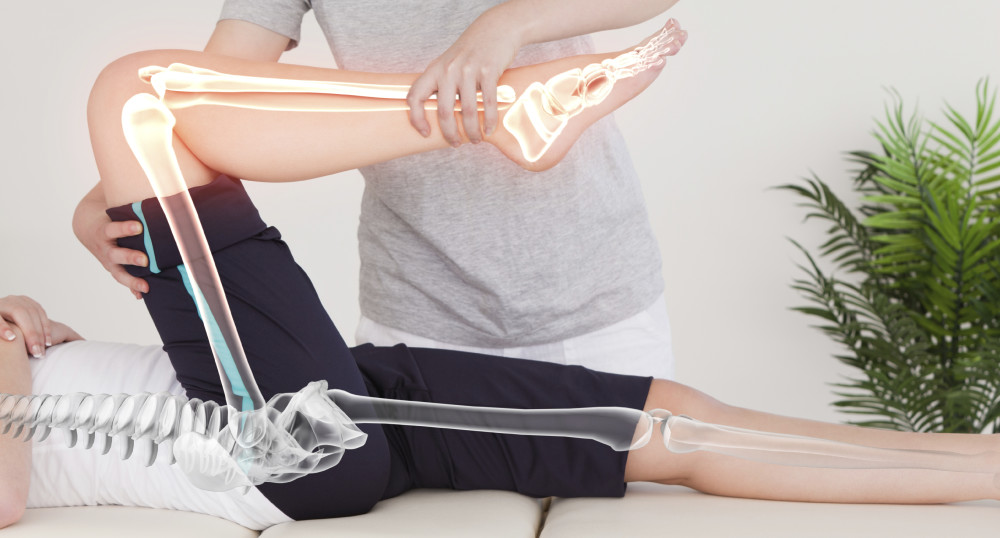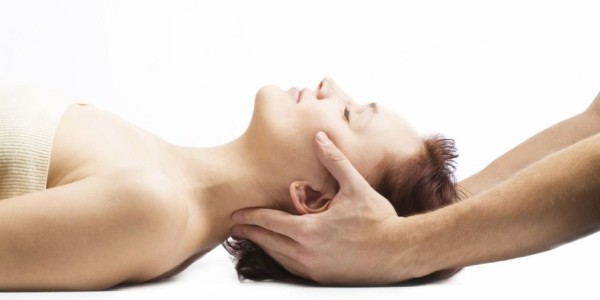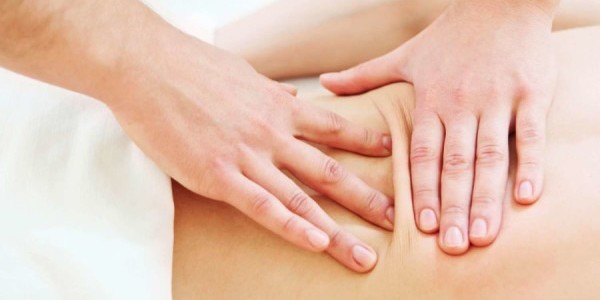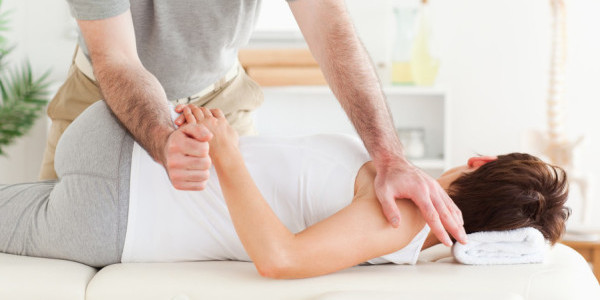
Osteopathy
[spacer height=”20px”]Osteopathy is a hands on, holistic form of treatment, assessing the whole body. It focuses on treating the musculo-skeletal system to re-establish balance and encourage the self-healing mechanism of the individual.
By regarding body, mind and soul as a unit, Osteopathy is concerned with a person-centered health care rather than disease-centered. While considering the interrelationship of structure and function, the osteopathic practitioner performs non-invasive techniques such as joint mobilization, soft tissue therapy, and prescribes exercises.

Osteopathy
[spacer height=”20px”]Osteopathy is a hands on, holistic form of treatment, assessing the whole body. It focuses on treating the musculo-skeletal system to re-establish balance and encourage the self-healing mechanism of the individual.
By regarding body, mind and soul as a unit, Osteopathy is concerned with a person-centered health care rather than disease-centered. While considering the interrelationship of structure and function, the osteopathic practitioner performs non-invasive techniques such as joint mobilization, soft tissue therapy, and prescribes exercises.
Osteopathy was founded by Dr. A.T. Still in 1874. Dr. Still believed that the body is a self-regulating mechanism that strives towards self-healing. There are three basic components to osteopathy: cranial sacral, visceral and structural.
[WPSM_FAQ id=464]
An osteopathic manual therapist uses their hands to treat a variety of physical restrictions, limitations and lesions caused by accidents injuries or repetitive movements common to certain sports and activities of daily living. When it comes to the body, the whole is greater than the sum of the parts. The osteopathic manual therapist uses structural, visceral and cranial therapies as indicated to improve the function of the body and focuses on non-invasive therapies in order to treat and prevent illness and injury.
[spacer height=”40px”]Osteopathy was founded by Dr. A.T. Still in 1874. Dr. Still believed that the body is a self-regulating mechanism that strives towards self-healing. There are three basic components to osteopathy: cranial sacral, visceral and structural.
[WPSM_FAQ id=464]
An osteopathic manual therapist uses their hands to treat a variety of physical restrictions, limitations and lesions caused by accidents injuries or repetitive movements common to certain sports and activities of daily living. When it comes to the body, the whole is greater than the sum of the parts. The osteopathic manual therapist uses structural, visceral and cranial therapies as indicated to improve the function of the body and focuses on non-invasive therapies in order to treat and prevent illness and injury.
[spacer height=”40px”] 


